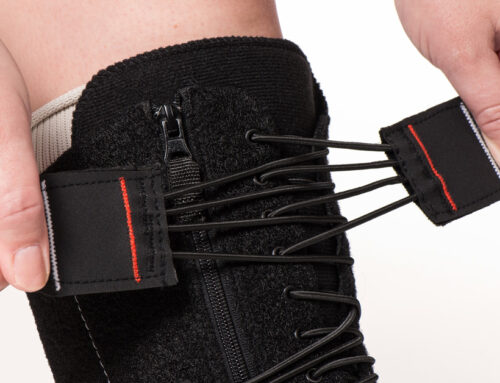The process by which office and other outpatient evaluation and management (E&M) levels (CPT® 99202 – 99215) are selected was changed by the AMA CPT® Editorial Panel effective January 1, 20211 . This was a welcome change as it resulted in the removal of barriers that made it difficult for some specialists to reach higher level office and other outpatient E&M levels. Effective January 1, 20232, under the guidance of the AMA CPT Editorial Panel, these same changes will also be applied to the method used to select the level of these E&M services:
- Hospital Inpatient and Observation Care
- Consultation
- Emergency Department
- Nursing Facility
- Home or Residence
With this change, the levels of office or other outpatient, hospital inpatient and observation care, consultation, emergency department, nursing facility, and home or residence E&M services will be selected based on medical decision making only or total time only.
Medical Decision Making
Effective January 1, 20232, when using medical decision making to determine the E&M level for any of these E&M types, the four medical decision making levels are:
- Straightforward Medical Decision Making
- Low Medical Decision Making
- Moderate Medical Decision Making
- High Medical Decision Making
When choosing the E&M level based on medical decision making, three elements of medical decision making are considered:
- Number and Complexity of Problems Addressed
- Amount and/or Complexity of Data to be Reviewed and Analyzed
- Risk of Complications and/or Morbidity or Mortality of Patient Management
Effective January 1, 20232, each of these E&M types will have its own thresholds of those three elements. When reviewing an encounter, if what was medically necessary, performed, and documented meets the thresholds of two of a level’s three elements, that E&M level may be selected. AMA CPT shares the details of each of those thresholds here https://www.ama-assn.org/system/files/2019-06/cpt-revised-mdm-grid.pdf.
Total Time
Effective January 1, 20232, when using time to determine the office or other outpatient, hospital inpatient and observation care, consultation, emergency department, nursing facility, and home or residence E&M level the total time spent by the provider performing the evaluation and management on the calendar date of the encounter is considered. Each of the CPT code descriptors for the E&M types listed in this article includes a time value in minutes.
Reference
1 American Medical Association CPT® Evaluation and Management (E/M) Office or Other Outpatient (99202-99215) and Prolonged Services (99354, 99355, 99356, 99417) Code and Guideline Changes. https://www.ama-assn.org/system/files/2019-06/cpt-office-prolonged-svs-code-changes.pdf
2 https://www.ama-assn.org/system/files/2023-e-m-descriptors-guidelines.pdf
- Current Procedural Terminology (CPT®) is copyright 1966, 1970, 1973, 1977, 1981, 1983-2021 by the American Medical Association. All rights reserved.CPT is a registered trademark of the American Medical Association (AMA).

Dr. Jeffrey D. Lehrman, DPM, FASPS, MAPWCA, CPC, CPMA
Dr. Lehrman is a podiatrist practicing in Fort Collins, CO and operates Lehrman Consulting, LLC which provides consultation services regarding coding, compliance and documentation. Dr. Lehrman is a Certified Professional Coder and Certified Professional Medical Auditor. He serves as a staff liaison at the AMA CPT® Editorial Panel meetings where CPT codes are created, edited, and deleted. He is a Diplomate of the American Board of Foot and Ankle Surgery, Fellow of the American Society of Podiatric Surgeons, and is recognized as a “Master” by the American Professional Wound Care Association. Dr Lehrman is a Fellow of the American Academy of Podiatric Practice Management, Past Director of the American Professional Wound Care Association Board of Directors, and is a Past Chairman of the Board of the American Society of Podiatric Surgeons. Dr. Lehrman is also on the editorial advisory board of the journal WOUNDS.





